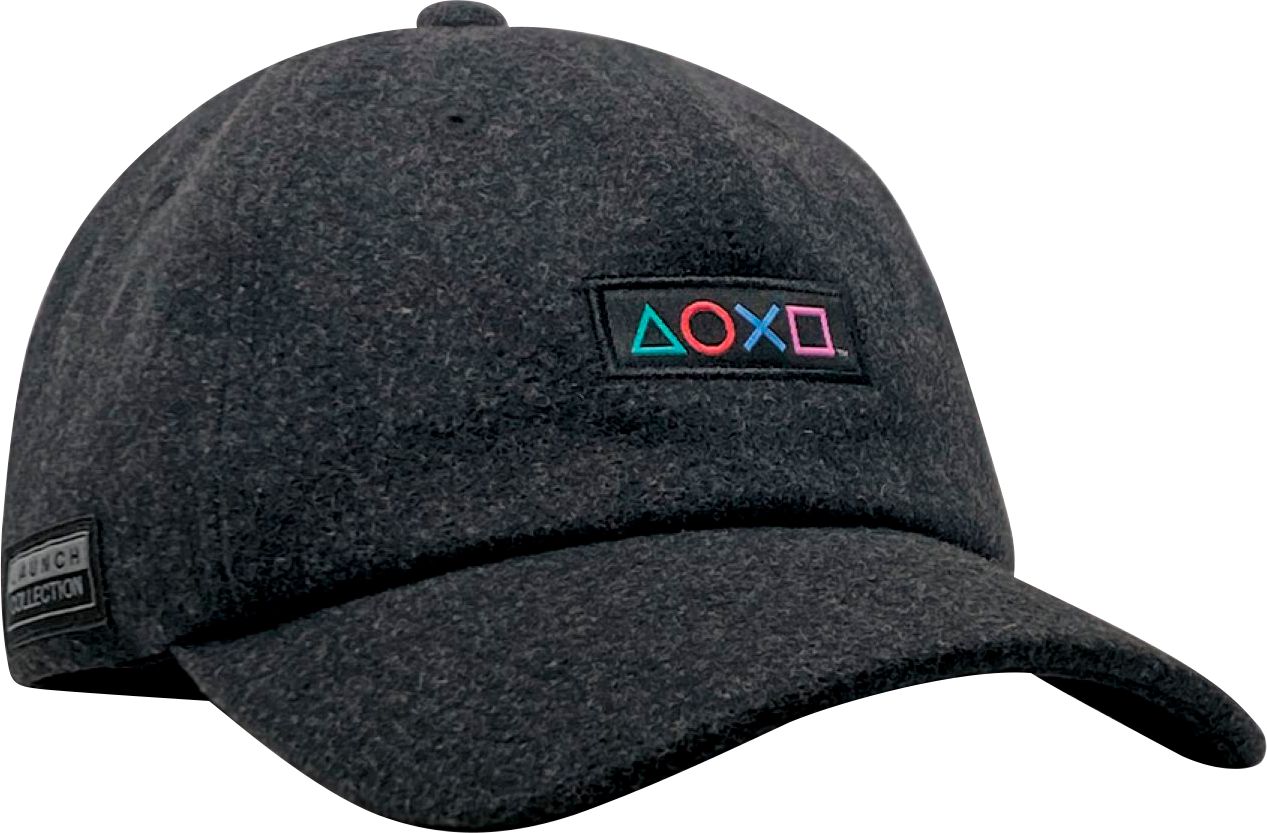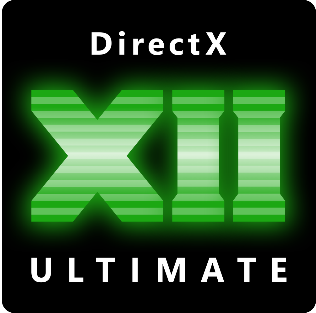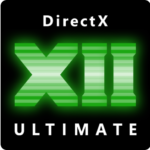I don't know if Dirt 5 is using VRS, but the type of artefacting exhibited on the screens taken from the 120Hz mode are certainly indicative of such. Usually if it quacks like a duck, it's probably a duck.
That said, it would seem like a poor implementation. Everyone needs to remember that VRS usage among developers is still quite a fresh new thing. And given there's no one, all encompassing implementation (devs have to roll their own unique implementation), there's very likely to be some iteration and exploration devs will do until they get it right.
So a few poor examples of VRS Tier 2 implementations doesn't mean VRS Tier 2 is shit. It just means it'll take some time for devs to figure it out. As has been said many times from the beginning, VRS Tier 2 conceptually SHOULDN'T perceptively degrade IQ. If is it, the dev is doing something wrong. And at this stage, that's ok and we should expect that.
If we're still getting weird macro-blocking artefacts on texture detail for large polys 4yrs into the gen, then we need to start asking some deeper questions about the API or hardware setup for MS's VRS implementation. At this stage, however, teething issues are and should be expected.
A feature that reduce the work to be done at the cost of degraded image.
It is a trade off feature... or lossy if you want to give a name.
This is a bit of a gross over-simplification,
 ethomaz
ethomaz
.
Yes the cost of the performance optimization is degradation of IQ, but the question is and should be, "by how much". If it's perceptible, then throw the optimization in the bin and look for something else. If it's not, let's go bitches!
VRS Tier 2 SHOULD NOT produce a perceptible degradation in IQ,
if implemented as intended. At least for now, Gears 5 provides a clear positive data point for an implementation that achieves the stated goal of the VRS technique. So nobody should be making sweeping statements about the viability of the VRS technique as a whole based on examples of bad implementation.
VRS isn't like some quick and dirty AA method where the dev just flips a switch in the renderer to enable it. The Dev needs to write their own unique algorithmic approach to it's utilization. Therefore, some implementations by some devs will be worse or better than others.







